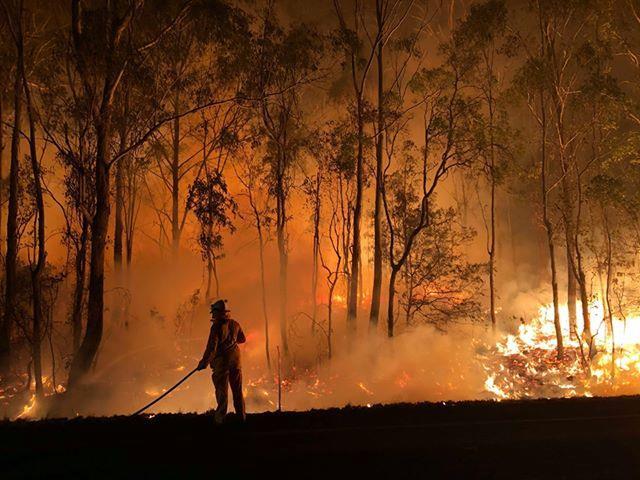By Ben Thomas
In 2013 I travelled to McLaren Vale to look at dirt. There was a fine line-up of wines to taste, too, but the dirt was the star of the show.
It wasn’t just any dirt, but a tapestry of ancient soil formations that date back hundreds of millions of years with names including Pirramimma Sandstone, Blanche Point, Kurrajong and Ngaltinga formations.
To anyone driving around the Vale that day, our small group must have been quite a sight as we stopped at roadside cuttings to point at and talk about the ancient soil formations.
Since 2009 many of McLaren Vale’s winemakers have made small batches of shiraz grown on individual soils to get an understanding of what influences the soils have on the wines. They bottle the wines under the Scarce Earth banner.
The idea is to bottle a shiraz from a single vineyard, making it in a hands-off manner to give the dirt the best chance to stamp its character on the wine.
The fourth Scarce Earth vintage has just been released. Having tasted wines from each release, I can tell you that for pure enjoyment the latest releases, from the 2012 vintage, are the best yet.
There’s a purity to the wines that also helps tell the story of McLaren Vale’s ancient soils.
It’s a story more about structure and tannin than flavour, says Chapel Hill’s Michael Fragos, one of Scarce Earth’s driving forces since its conception.
“The differences [we see] now we’re five years in are the tannins: their roundness and the shape of the tannins,” he says. “There are flavour differences in shiraz depending on where you are but, in 2012, which was an even, fast-ripening year, I don’t think there’s a huge flavour difference in the wines.
“But when you start drilling into the structure, the mouthfeel and the tannins are where you really start to see differences.
“[With] Christies Beach formation and Ngaltinga black cracking clays and heavier soil profiles, you’re getting more primary fruit characters as a rule of thumb. The wines have more upfront fruit and rounder tannins.
“The finer soils, such as Tapley Hill formation and North Maslin sands and Blanche Point, where there’s shallower soils and rock over sandstone, you tend to find the tannins are finer and grittier.”
Fragos says that the focus is shifting away from simply soil to the other elements of terroir.
“Early on we focused hard on the geology front and we’ve now taken a step back and are also recognising all the other topographic differences that affect the grapes – there’s soil, climate, aspect,” he says. “If you’re closer to the sea you have sea breezes and if you’re inland you are more influenced by the gully winds.”
We’re only a few chapters into the Scarce Earth story and I’m already looking forward to the 2013 instalment.
Scarce Earth wines are made in small quantities and are available direct from the wineries online.
Some should also be available at Melbourne’s better wine merchants.
















